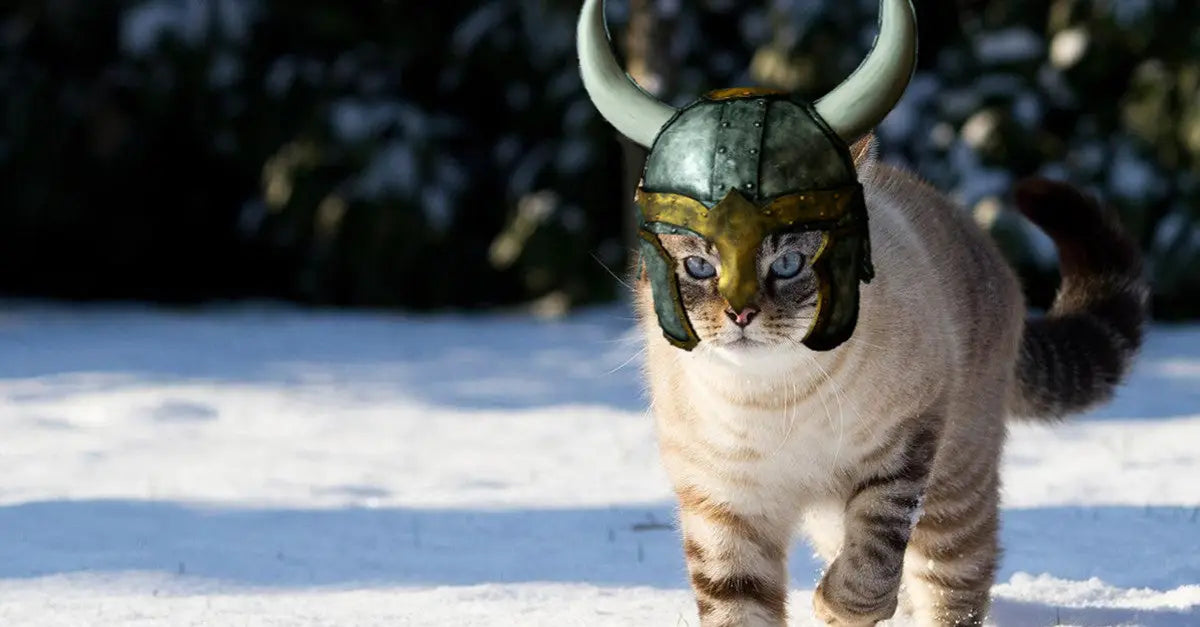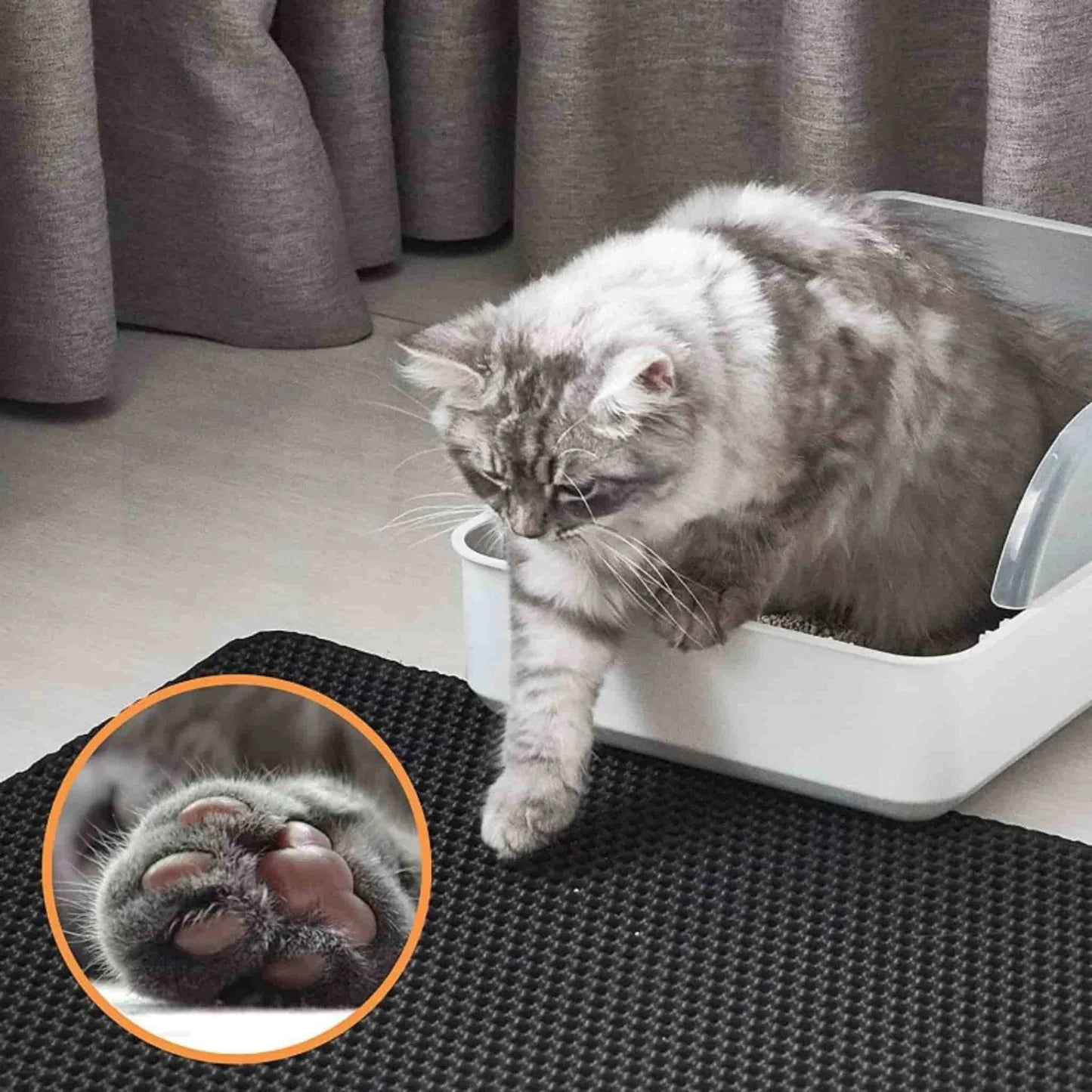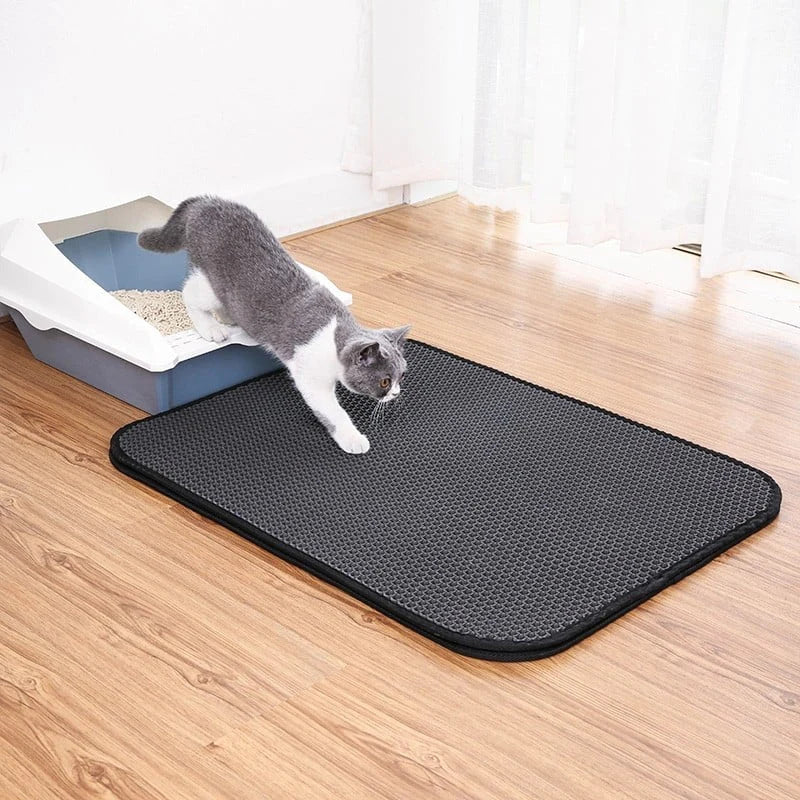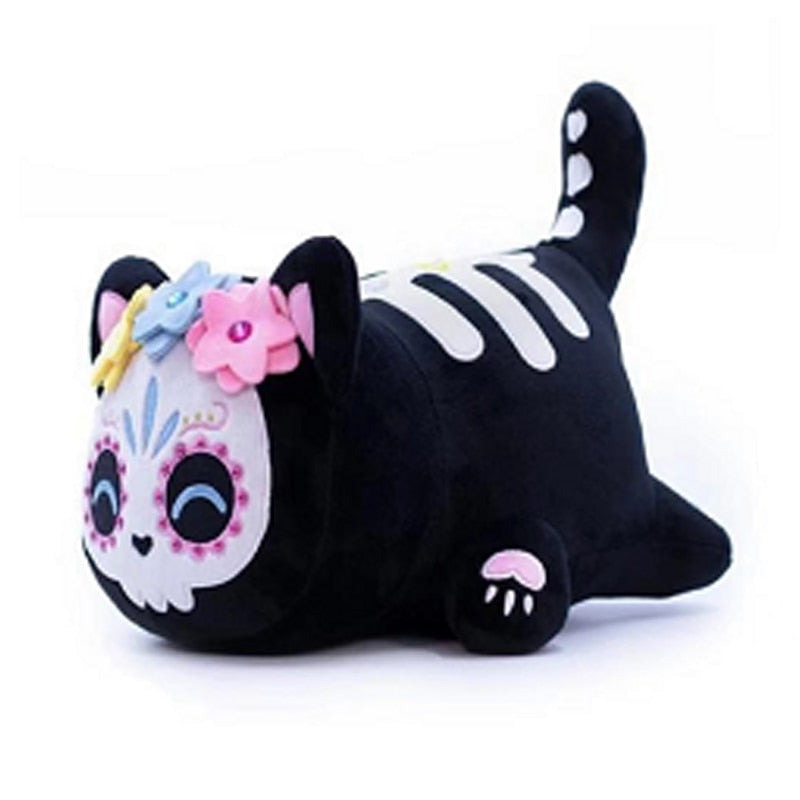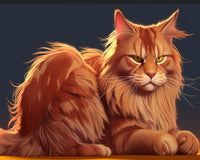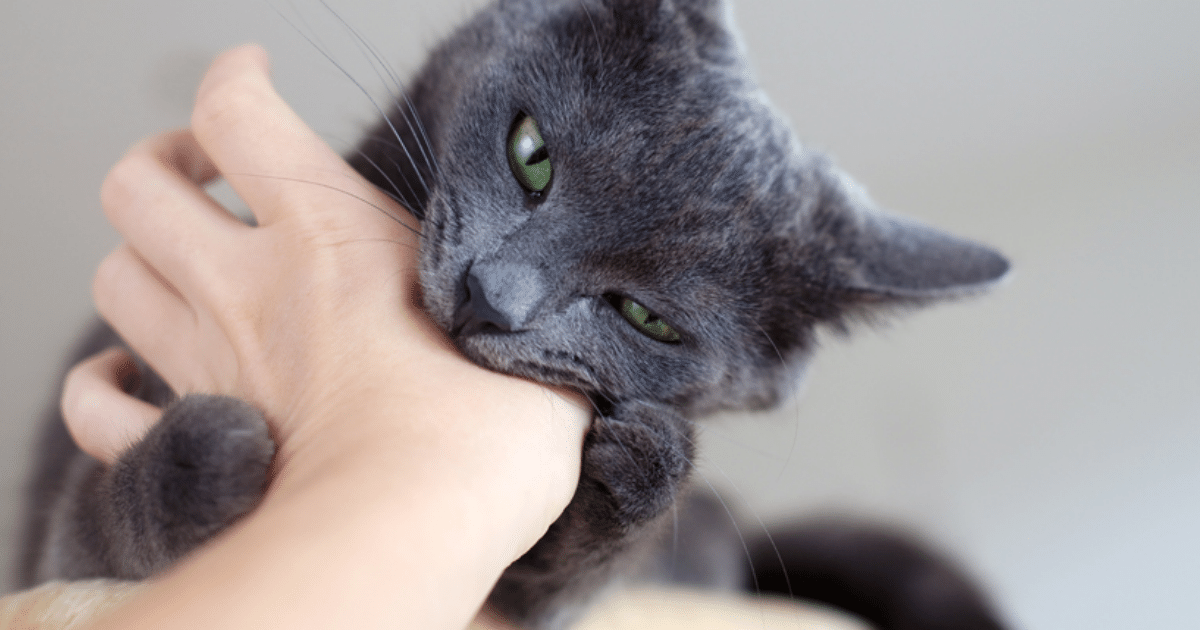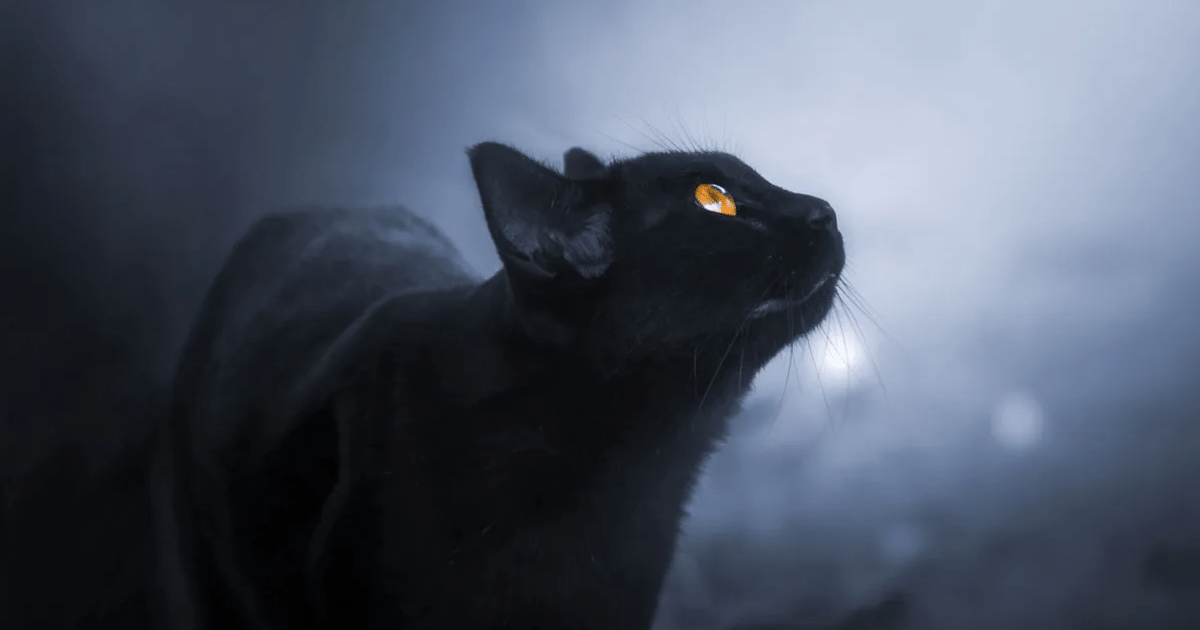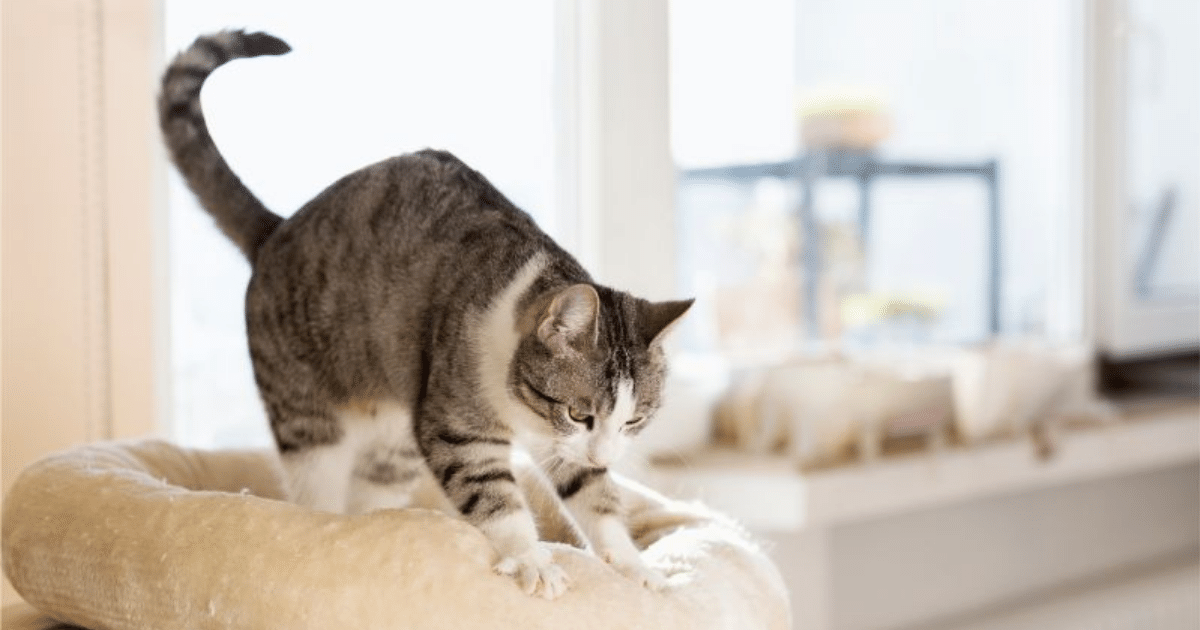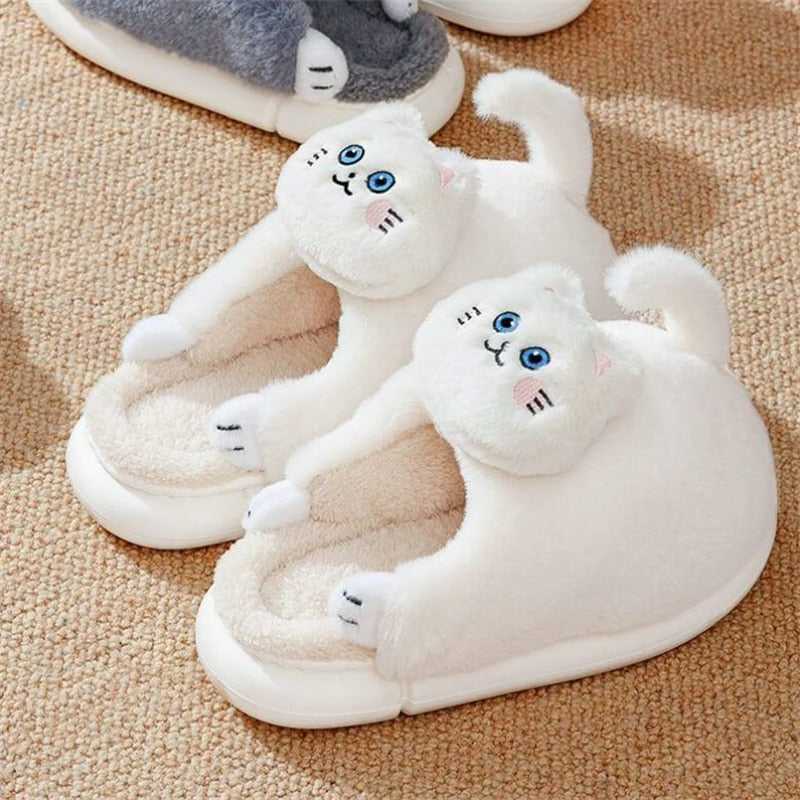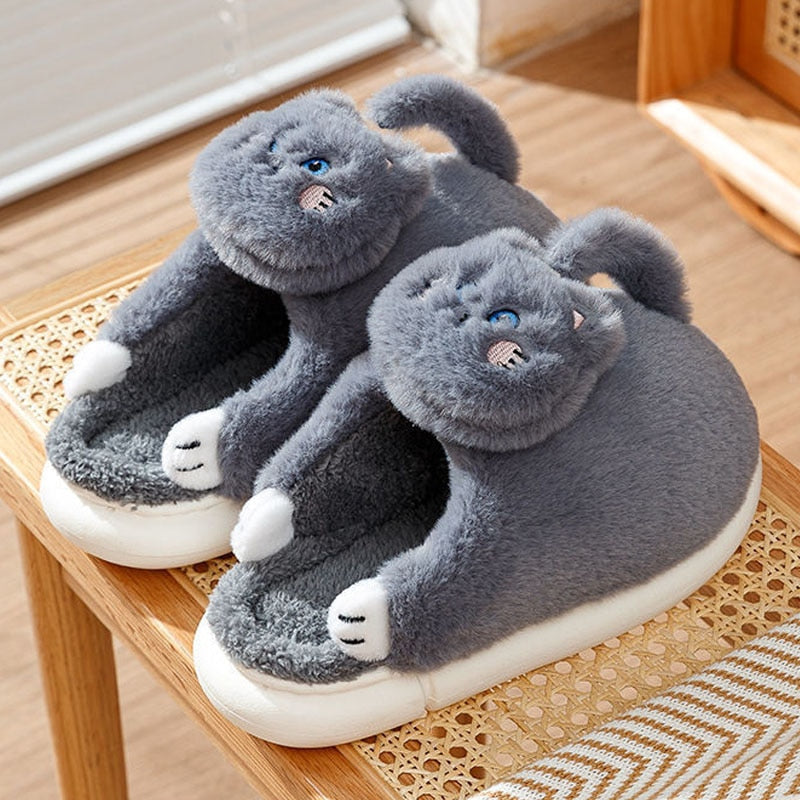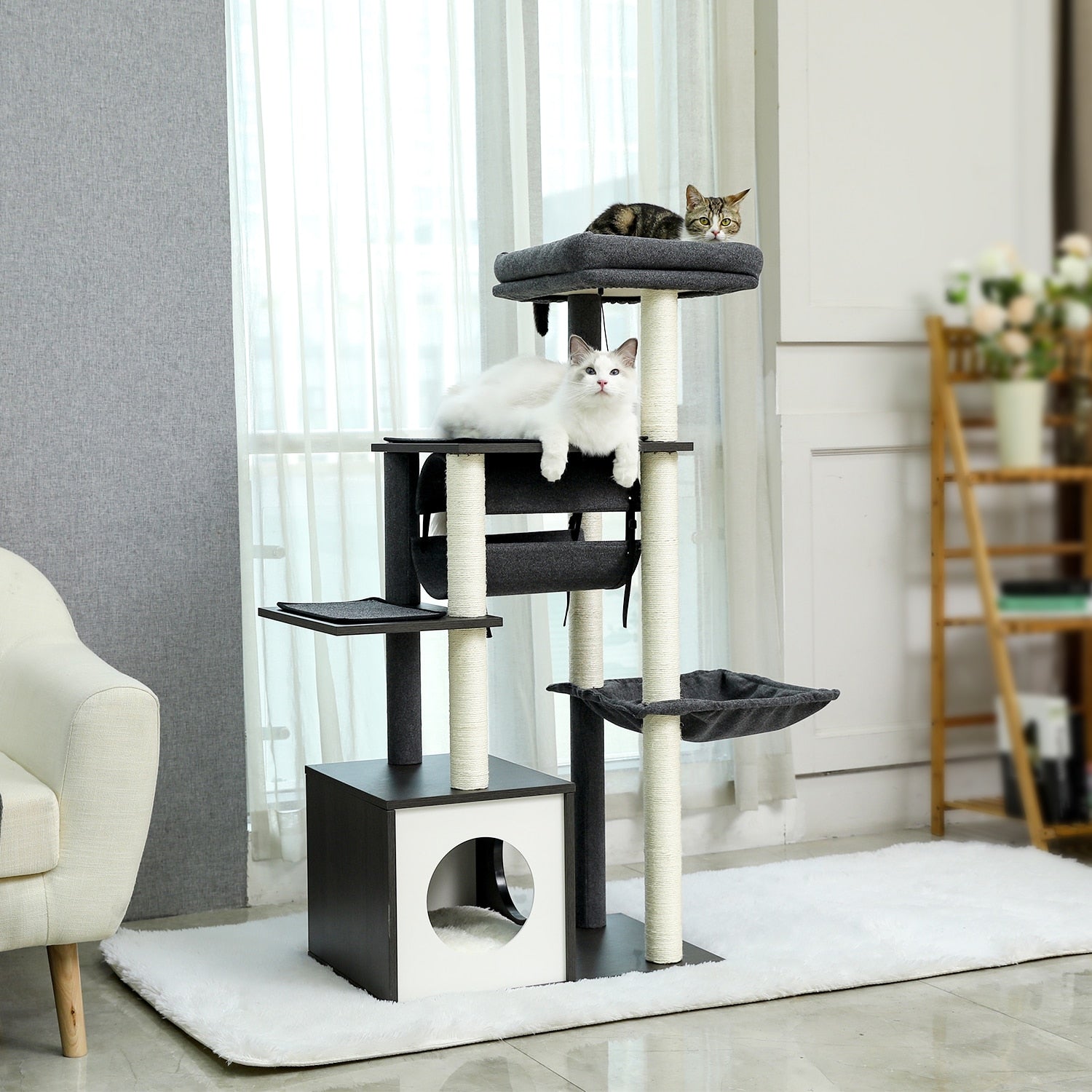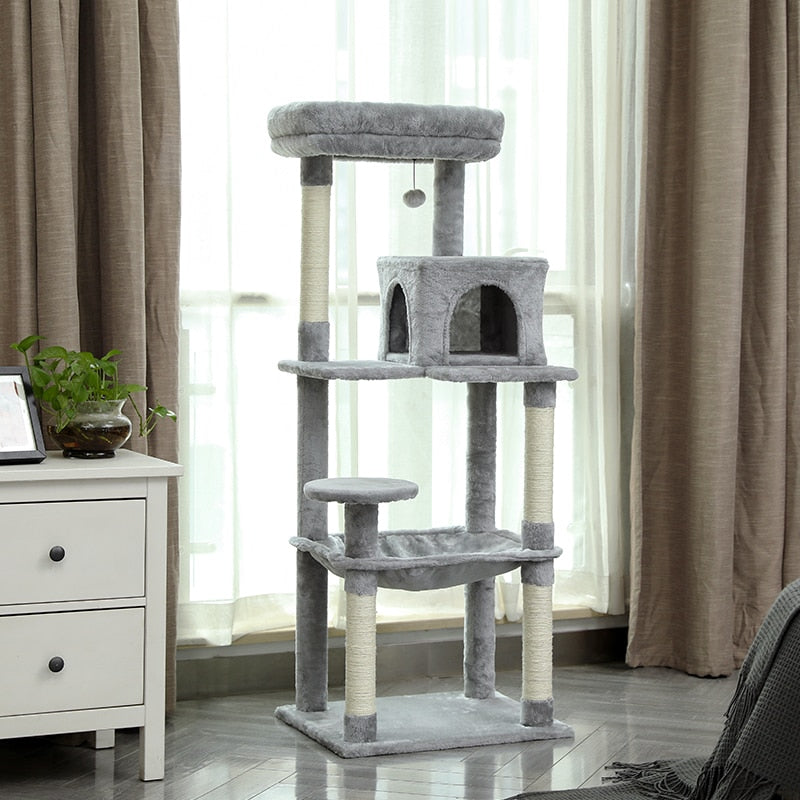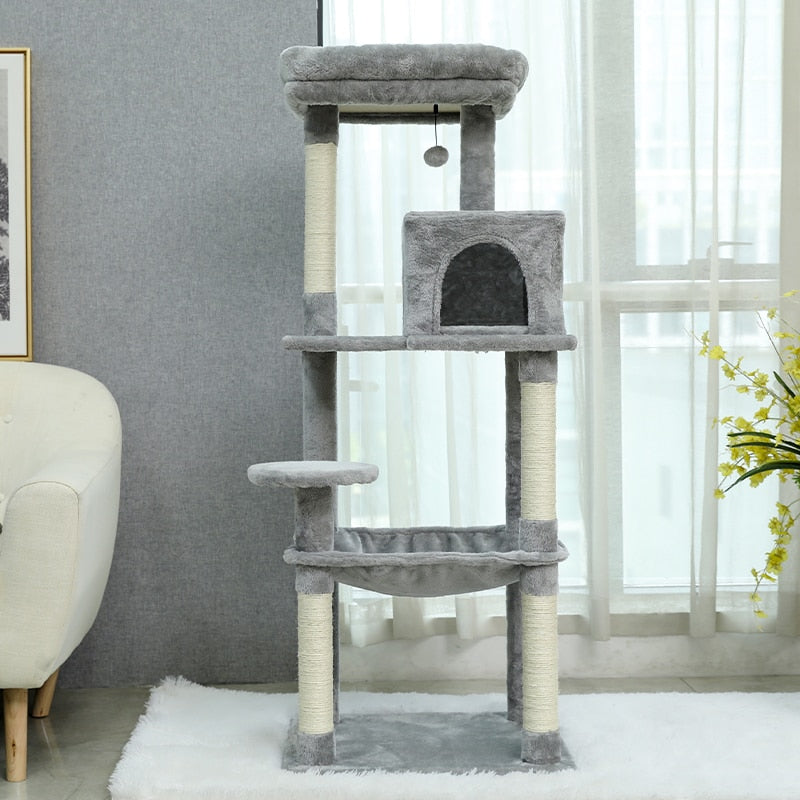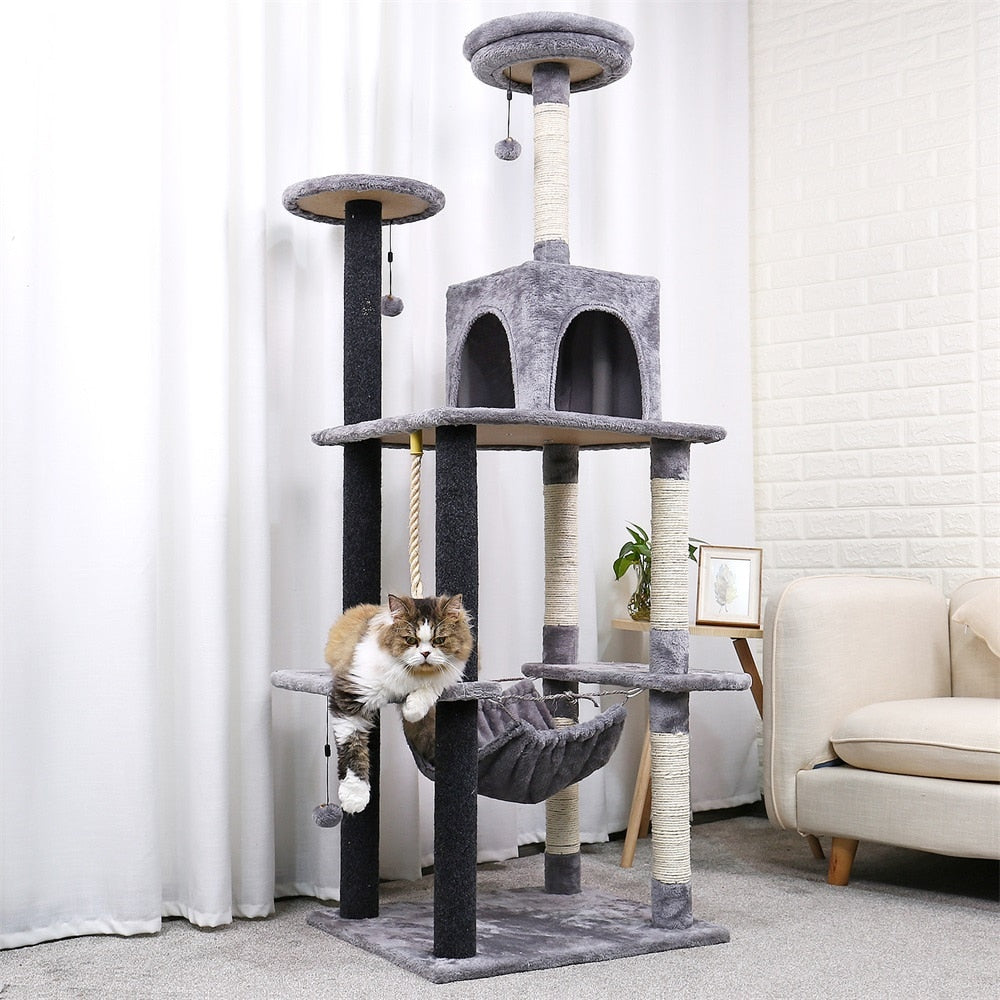The world's largest genetic study of ancient cats reveals that cats purred in Europe, Asia, Africa and even on Viking ships.
Cats have always been popular - in ancient times apparently too. In the world's first study of the DNA of ancient cat breeds, French researchers show that, early on, our billion friends went to Eurasia and Africa, along with the first farmers and the growing number of sailors - including the Vikings.
Viking cats
In the new study, scientists sequenced the DNA of 209 cats from more than 30 archaeological sites across Europe, the Middle East and Africa, and found, among other things, cat bones in a Viking grave in northern Germany.
"There are a lot of interesting observations in this study," said Pontus Skoglund, a population geneticist at Harvard Medical School in Boston, who was present when the new findings were presented at a conference in Oxford. "I didn't even know there were Viking cats."
That there were cats in the Viking Age is not news to Danish associate professor Jes Martens, who works at the Museum of Cultural History in Oslo. It's not very common to find cats in the Danish context, but it happens, and in Norse mythology the cat is a recurring subject.
"The goddess of love Freya had two cats pulling her chariot, and when Thor visited Utgard and tried to lift Utgard-Loki's cat, the cat was supposed to be the Midgard serpent that even Thor could not lift," recalls Jes Martens, before adding, "So we can certainly imagine that if the Vikings had so many funny stories about cats, they must have been well versed in the subject."
Two waves of expansion
The study samples range from the Stone Age (8900 to 3900 B.C.), the period just before the introduction of agriculture, when people still lived by hunting and gathering, to the 18th century. Researchers note that cat populations appear to have flourished in two waves.
The first wave spread with the first agricultural communities to the eastern Mediterranean - this first stage is signified by a cat found in a child's grave on the island of Cyprus, about 9500 years ago. The discovery suggests that the link between humans and cats goes back at least as far as the beginnings of agriculture, which developed not far away. "The cats must have come from the mainland. This tells us that these cats traveled with humans," says Eva-Maria Geigl, geneticist at the Jacques Monod Institute.
The second wave arrived a few thousand years later and this time the cats were descended from Egyptian cats that spread rapidly in Eurasia and Africa. Among other things, the researchers found a common mitochondrial DNA type in Egyptian cat mummies from the late 4th century BC to the 4th century AD, and in cats found in Bulgaria, Turkey and sub-Saharan Africa at the same time.
From Egypt to the Baltic Sea
Researchers hypothesize that the link between humans and cats cannot be separated from the development of early agricultural communities. The storage of grain attracted rodents, which in turn attracted feral cats, resulting in a fruitful mutual aid between cats and people: the cats could feed and people got rid of troublesome rodents.
A plausible hypothesis according to Jes Martens: "The theory is that they moved with us because we started to cultivate the land - we attracted mice and rats that were a kind of food pantry for the cats. Then, cats as well as humans must certainly have found this to be a good arrangement. Cats are affectionate creatures and man soon discovered this."
"Similarly, seafaring peoples probably used cats to eradicate mice and rats," Eva-Maria Geigl continues. Five archaeological remains of cats found on a Viking site in northern Germany between the seventh and eleventh centuries A.D. have established that they were descendants of Egyptian cats. The latter therefore gradually crossed the Mediterranean and according to the lead author of the study "the Vikings must have brought these cats from Egypt to the Baltic Sea." .
To protect grain shipments and, why not, by pure attachment, "we know that cats have accompanied the travels of traders and warriors," continues the researcher. Of course, the image of a bloodthirsty Viking clutching his kitten on board his ship is a smile. However, "cats are an indicator of mobility at that time," explains Eva-Maria Geigl.
The Vikings used the fur of cats
There is no doubt for Kristian Gregersen, assistant curator at the Museum of Natural History, that cats were domesticated in Denmark as early as the Iron Age, and that by the end of that period they were in such large numbers that the Vikings even used their fur [cf. Young cats slaughtered en masse for their fur on a Viking Age market street in Odense]. "The reason we know this for sure, as far as domestic cats are concerned, is their small size. We are dealing with small cats, and in no way with wild cats that are distinguished by their large size."
He conducted a search of the museum's database and as a result identified 8 cat skeletons dating back to the Viking Age found in Denmark. He can't guarantee that this list is complete, but it at least gives a good idea that it wasn't unusual to have cats back then.
Domestication still a mystery
In the new study, the scientists only looked at mitochondrial DNA (the maternal lineage). Now they will begin to examine a broader genetic base of ancient cats, and that's a good idea according to Danish archaeologist Maria Thiemke of the Silkeborg Museum." That cats in Viking times shared DNA with Egyptian cats is exciting, and I think it's interesting that they're now going to look at a broader DNA search."
In addition, one mystery remains: when exactly and how did felines become actual pets? "A dog is very different from a wolf (whether it's a Chihuahua or a Doberman, for example) while a domestic cat is still very close morphologically to a wild cat. We will study the cats' genomes over time to see if there is a change that indicates domestication," says Eva-Maria Geigl. See Surprising growth in cat size from the Viking Age onwards.

